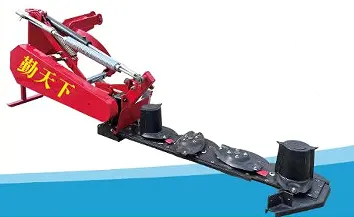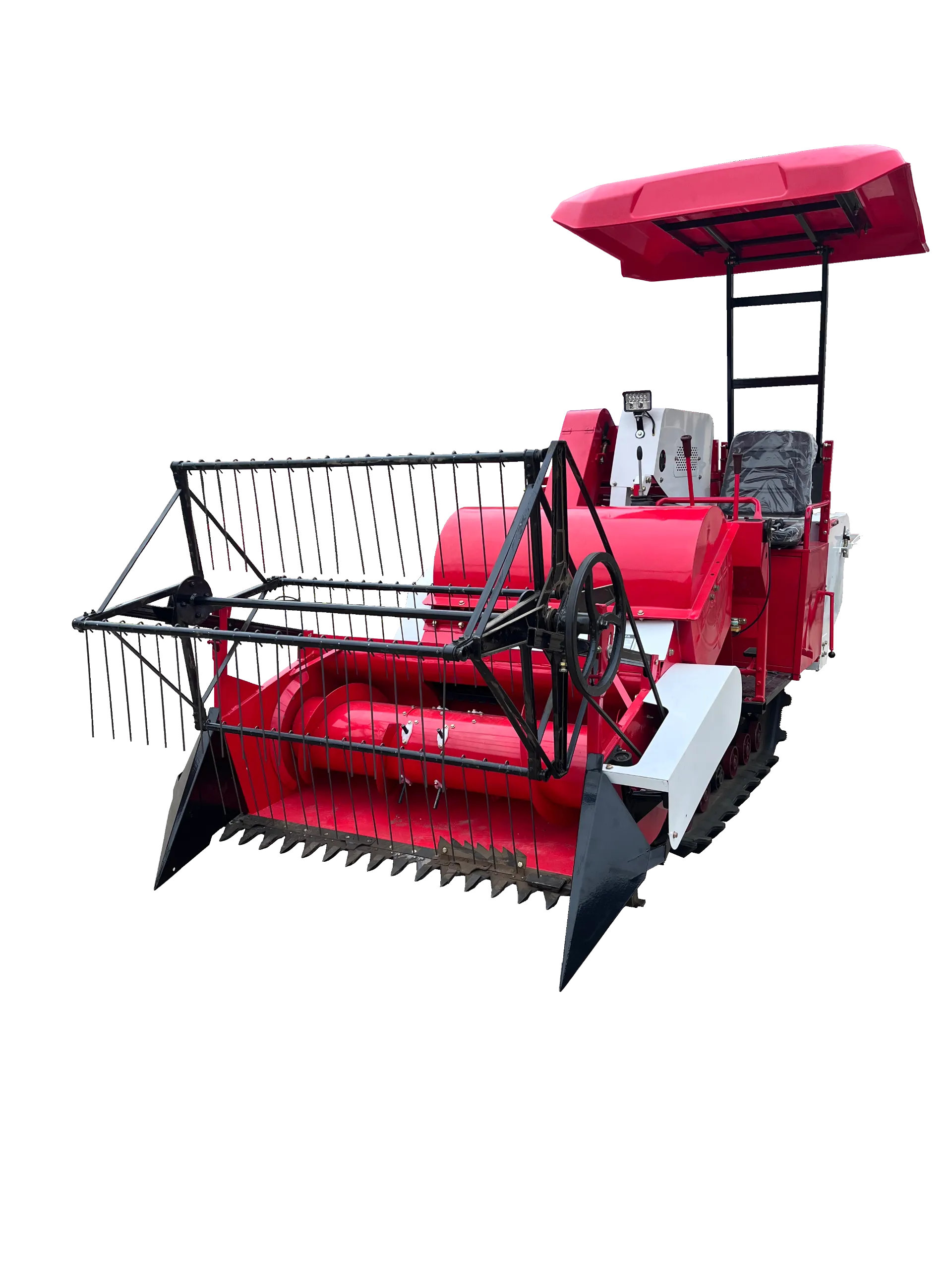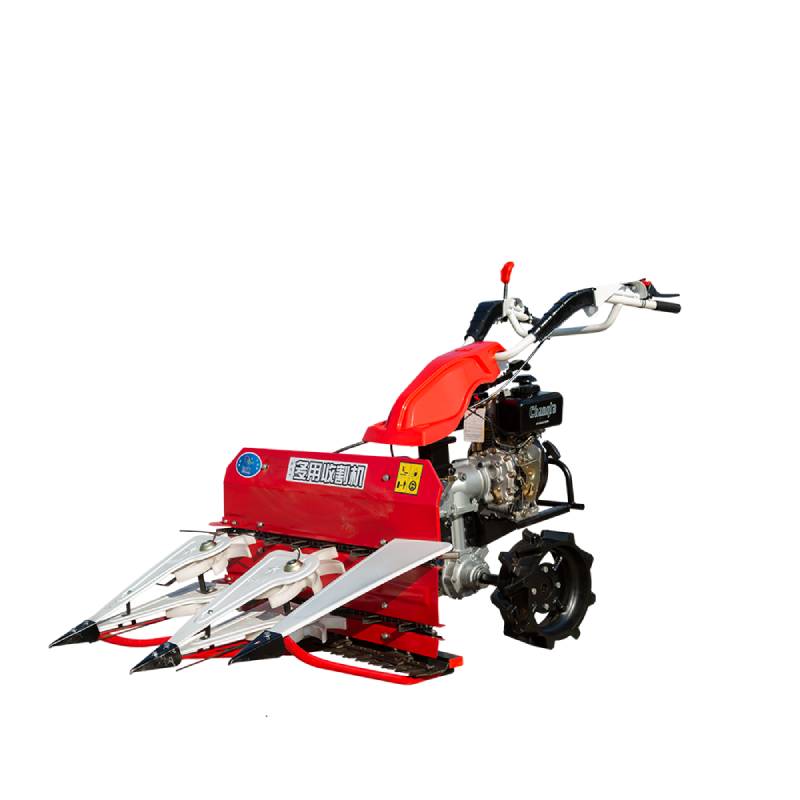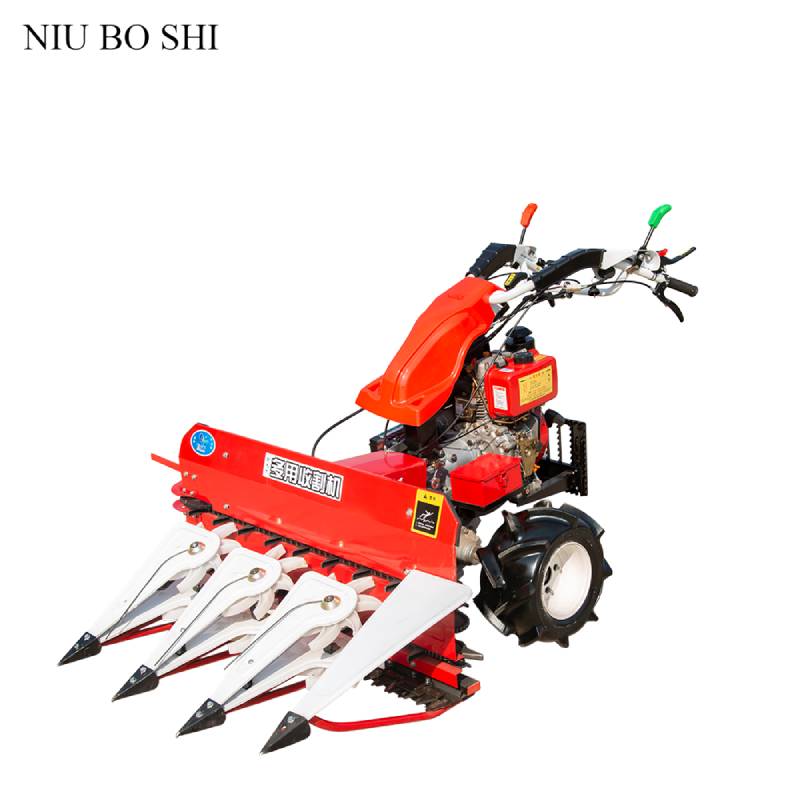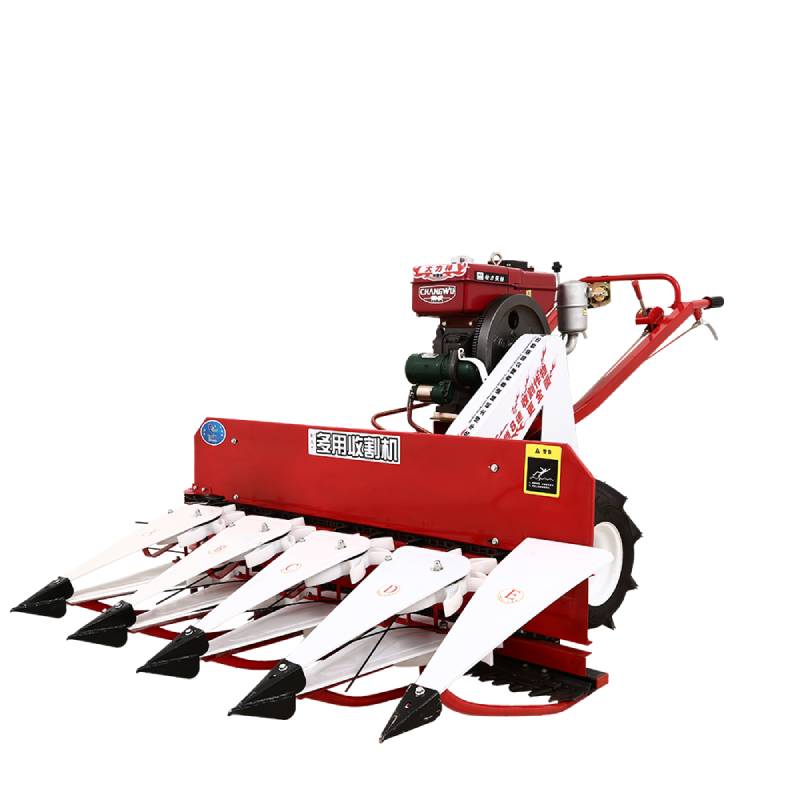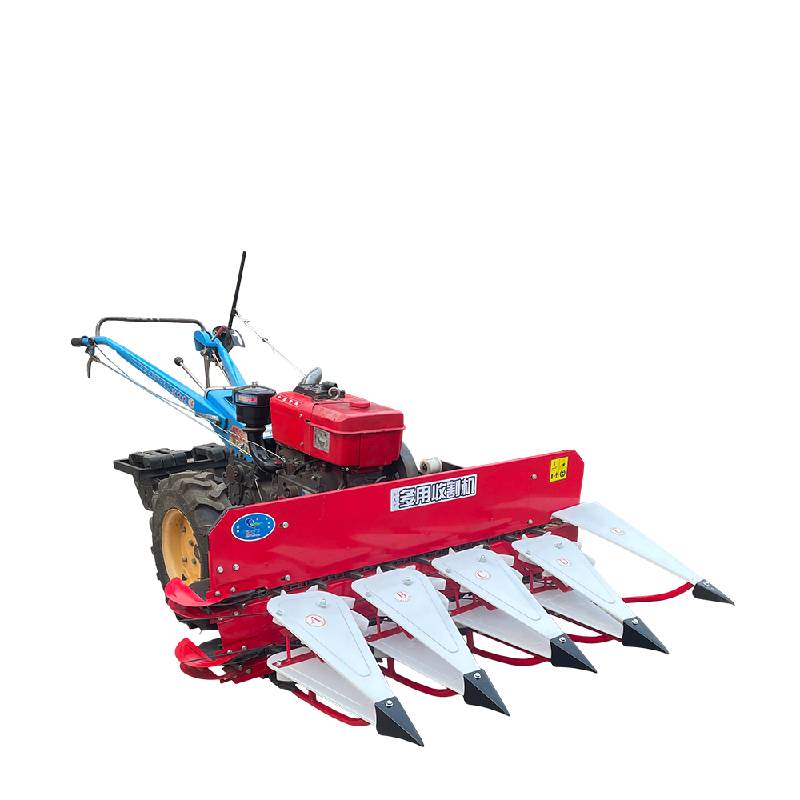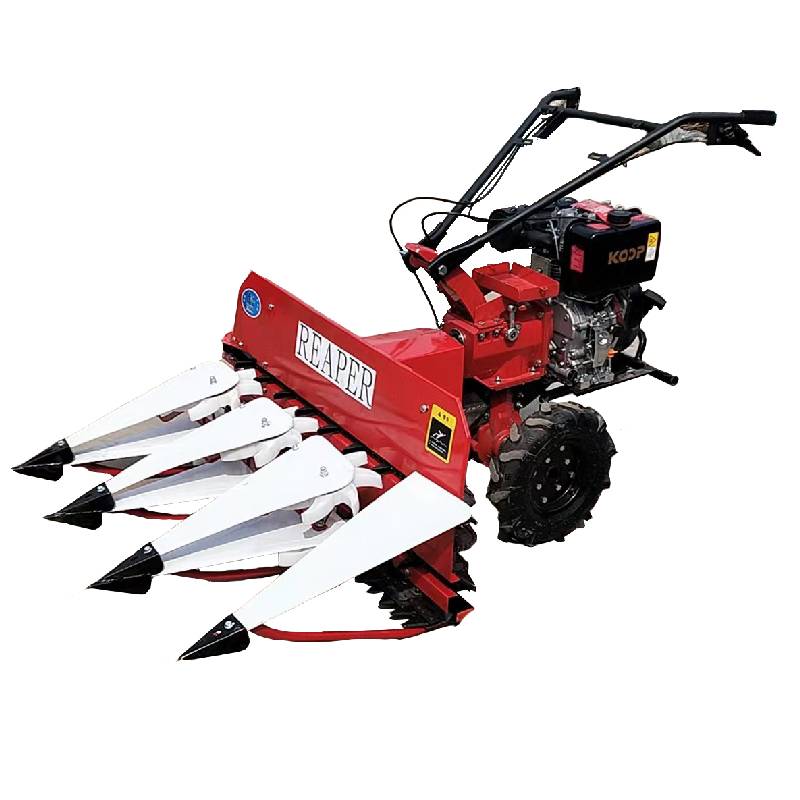alfalfa cutter
The Alfalfa Cutter An Essential Tool for Agriculture
In the ever-evolving field of agriculture, machinery plays a crucial role in enhancing productivity and efficiency. Among these machines, the alfalfa cutter stands out as a pivotal tool for farmers who cultivate one of the most important forage crops in the world alfalfa. Known scientifically as *Medicago sativa*, alfalfa is prized for its high nutritional value and widespread use in animal feed, particularly for dairy cattle and horses. This article explores the various aspects of the alfalfa cutter, its functionality, benefits, and its significance in modern farming practices.
Understanding the Alfalfa Cutter
An alfalfa cutter is a specialized piece of agricultural equipment designed to harvest alfalfa crops. Its primary function is to cut the mature alfalfa plants close to the ground, ensuring that the highest possible amount of biomass is collected. These cutters come in various types, from manual sickles used in small-scale farming to large, mechanized rotary cutters used in extensive commercial operations.
Most modern alfalfa cutters are part of larger harvesting machines known as mower conditioners. These machines not only cut the alfalfa but also condition it—by crimping or bruising the plants—to facilitate faster drying and improve the quality of the hay. The design and technology behind these machines have evolved significantly, incorporating advanced features that enhance their efficiency and ease of use.
Benefits of Using an Alfalfa Cutter
1. Efficiency One of the primary advantages of using an alfalfa cutter is its efficiency. These machines can cover large areas in a relatively short amount of time compared to manual cutting methods. This is crucial during the short windows when alfalfa is ready for harvest, as delayed harvesting can lead to nutrient loss in the crop.
alfalfa cutter

2. Uniform Cutting Alfalfa cutters are designed to provide a uniform cut, which is essential for ensuring consistent drying and high-quality hay. A uniform cut prevents the risk of uneven drying, which can lead to mold and spoilage during storage.
3. Reduced Labor With the introduction of mechanized alfalfa cutters, the reliance on manual labor has significantly decreased. This not only reduces labor costs but also minimizes the physical strain on farmers who otherwise would spend long hours cutting the crop by hand.
4. Improved Quality By integrating conditioning features, modern alfalfa cutters enhance the quality of the final product. Properly conditioned alfalfa dries more evenly, retains its green color, and maintains higher nutritional content, making it more appealing and beneficial for livestock.
The Importance of Proper Maintenance
Like any agricultural machinery, the efficiency and longevity of an alfalfa cutter depend on regular maintenance. Farmers must ensure that blades are sharp, moving parts are lubricated, and the overall machine is free from dirt and debris. Regular inspections can help preempt breakdowns during critical harvesting times, ensuring a smooth operation and minimal downtime.
Conclusion
The alfalfa cutter is an indispensable tool in modern agriculture, specifically for those involved in livestock farming. By enhancing efficiency, reducing labor, and improving the quality of alfalfa hay, this machinery has transformed the way farmers approach harvesting. As agriculture continues to advance, innovations in alfalfa cutting technology will likely pave the way for even greater efficiency and sustainability in forage production. Embracing these tools not only supports the agricultural industry but also contributes to the health and productivity of livestock, fostering a robust agricultural economy.
Latest news
-
When to Upgrade Your Old Forage HarvesterNewsJun.05,2025
-
One Forage Harvester for All Your NeedsNewsJun.05,2025
-
Mastering the Grass Reaper MachineNewsJun.05,2025
-
How Small Farms Make Full Use of Wheat ReaperNewsJun.05,2025
-
Harvesting Wheat the Easy Way: Use a Mini Tractor ReaperNewsJun.05,2025
-
Growing Demand for the Mini Tractor Reaper in AsiaNewsJun.05,2025

